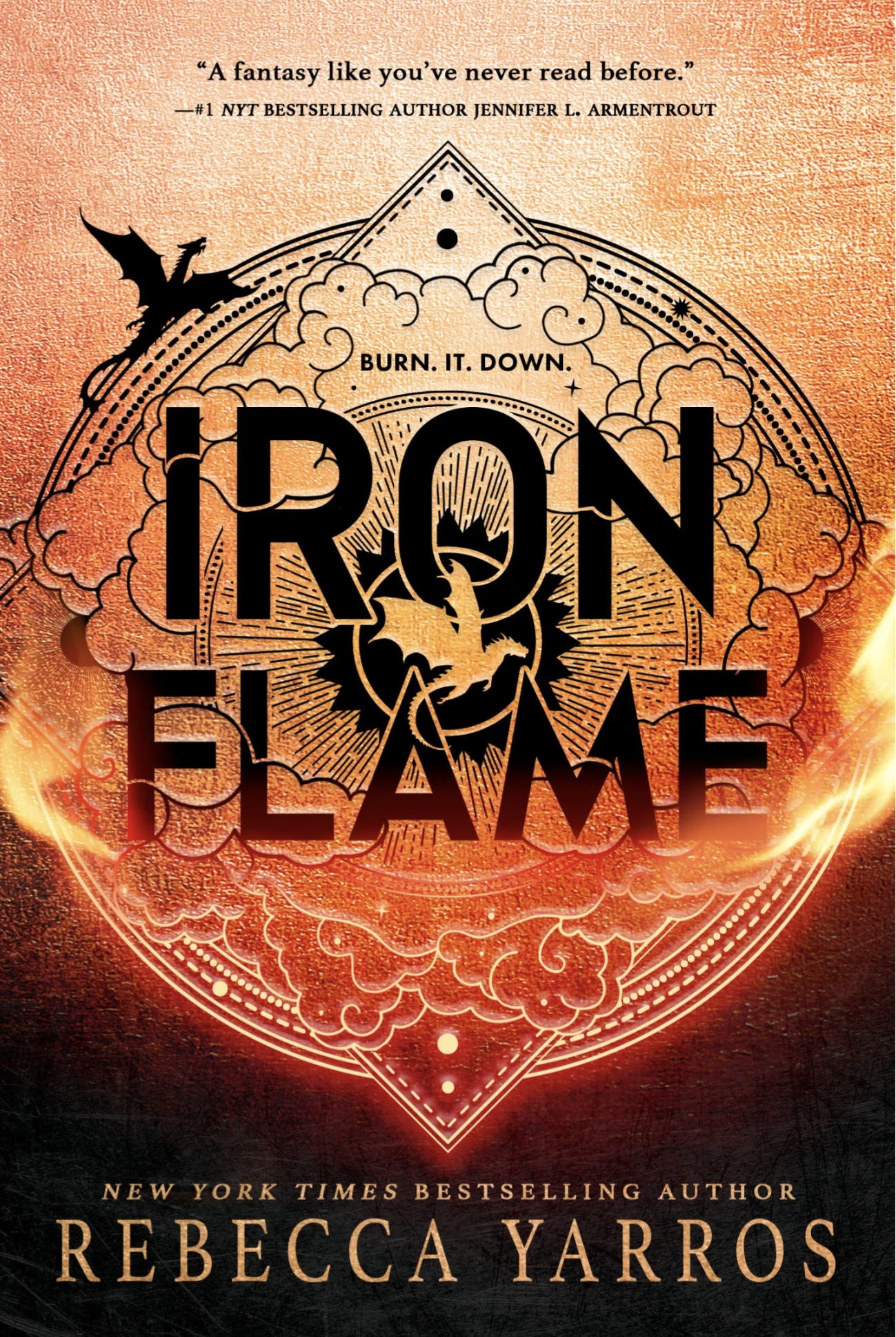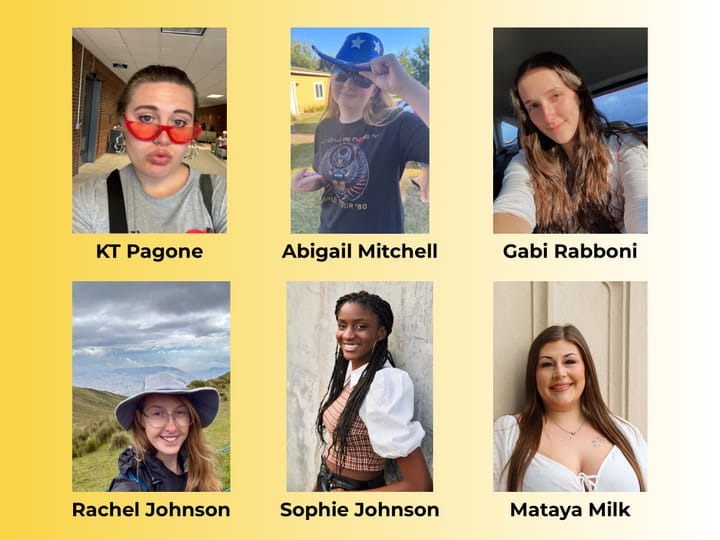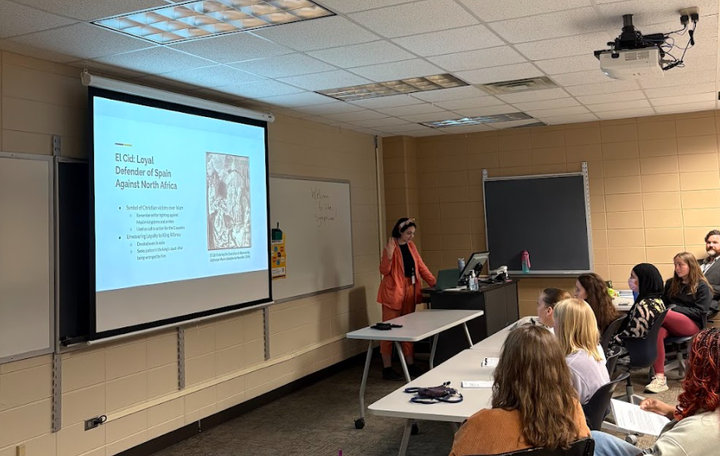‘Iron Flame’ disappoints, confuses readers

After soaring to the New York Times bestseller list for six months—and holding the No. 1 spot for three months—“Fourth Wing” by Rebecca Yarros took the book world by storm with its dragons, romance and intense storyline.
Just seven months later, its sequel “Iron Flame” was released. With much expectation and excitement leading up to its release, the book’s intensity turned lackluster in plot, confusing and often backwards in character development and could have been cut by nearly 100 pages.
Following the events from “Fourth Wing,” Violet Sorrengail is thrown into the revolution led by Xaden Riorson, but to contribute, she must return to Basgiath War College and complete her second year. She must face the new vice commandant, Major Varrish, who’s just another character who deems Violet as weak and targets her during his violent outbreaks.
As the threats become more prominent, Violet and her squadmates team up with enemies to save Navarre. In trying to regain trust in her romantic life with Xaden, Violet must fight for her survival through violent war education and keep secrets from those who she trusts.
With the expectation of what “Iron Flame” would bring, fans created theories and fan art, anxiously waiting for November to arrive. However, Yarros should have waited and taken more time while writing the sequel in order to create the same intensity and momentum as the first book in the series.
Instead, her literary twists seem out of place in the name of being groundbreaking. Even some developmental choices seem as if Yarros watched the theories circulating on TikTok and YouTube and decided she would choose her favorite one and implement it into the story.
Even though Yarros purposely writes unneeded plot twists, the storyline stays at a standstill for half the novel. The book is filled with political discussions and arguments of what to do next until, finally, Violet takes action.
Along with the pacing, the descriptions are clunky, and the first few chapters consist solely of information dumps and character introductions. With Violet returning to Basgiath, Yarros introduces a ridiculous amount of new names and barely mentions them again until they are brought back to die.
Yarros’ writing was similarly bothersome in “Fourth Wing,” but the captivating story allowed readers to overlook it. However, in “Iron Flame,” Yarros should have taken the time to fix and revise these issues.
Despite the issues with plot, the dragons are better than ever, especially Violet’s dragons, Tairn and Andarna. Now considered an adolescent, Andarna raises the scale of sarcasm and banter with Violet and Tairn. The dragon’s protectiveness of Violet never ceases, going to much greater lengths than the first book. The newly introduced dragons do not disappoint either, displaying entertaining violence for readers.
While the dragons elevate the storytelling, the human characters fall short. With the introduction of absurd amounts of characters, readers are unable to connect to the new cadets. Additionally, readers feel disconnected from the characters they know and love. Most dialogue between Xaden and Violet is in the form of repetitive arguments about the same betrayals and trust issues.
While “Fourth Wing” deserves all of its praise, “Iron Flame” is a sad letdown. For the next three books in the five-book series, Yarros should take her time in finding her writing style and flow again through storytelling.



